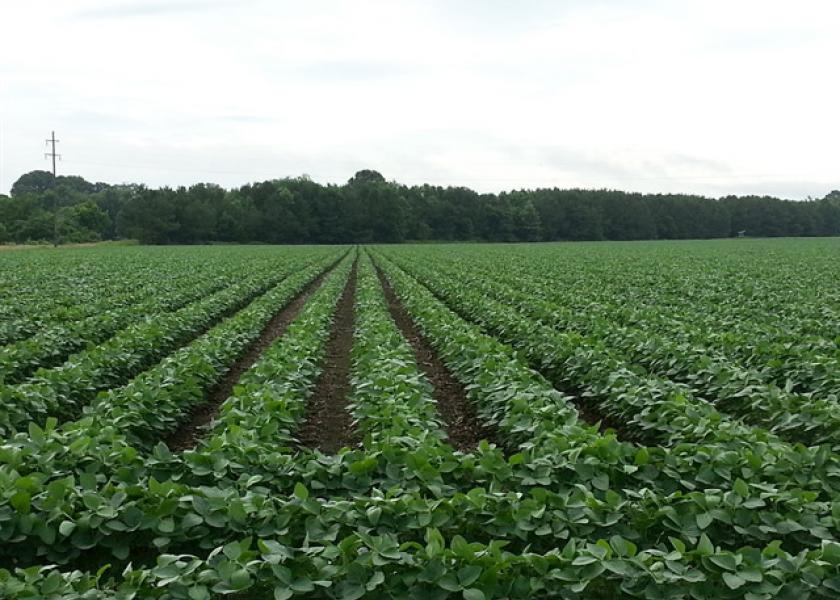Sweet smell of early crop disease

A crop scout wades into a waist-high soybean field and holds a stick just above the canopy for several seconds to locate plant disease or water stress. Confirmation of crop sickness is nearly instantaneous, and the scout moves on to another suspect section of the farm. The stick is no magic wand and the ag scenario is hardly fantasy.
Gary McMurray, division head for food processing technology at the Georgia Institute of Technology (GIT), is hot on the trail of groundbreaking sensor technology to detect crop health issues before widespread physical symptoms develop. McMurray and his research team are using technology to smell out crop disease with a tiny sensor that sniffs right at the source.
In a sense, plants cry out when under stress by releasing chemical signals in the form of volatile organic compounds (VOCs). VOCs are unique to each disease. A single plant can release multiple, distinct VOCs at once, depending on the source or type of affliction. Diseases and pests affect plants in different manners, causing the release of separate VOCs.
Chemical signals are traditionally read by behemoth-sized gas chromatographs, which take in gas through a tube to separate and detect chemical compounds. McMurray and graduate student Milad Navaei have shoehorned the structure into a micro gas chromatograph (GC), an 8-volt battery-sized version fit for agriculture.
The micro GC operates just like a traditional gas chromatograph, however the 9-meter tube is reduced to the size of a computer chip. When plant disease strikes, two, three or more new chemicals are released, or sometimes chemical production is reduced. The micro GC can be programmed to look for specific VOCs. Results or alerts are then sent wirelessly to a smartphone or tablet. "If we're doing general scans, looking for all VOC possibilities, that only takes two to three minutes," McMurray explains. "If we know the precise chemical to search for, then we can find a response in seconds."
McMurray's team is evaluating how VOCs change from plant emergence to flowering, fruiting and harvest. The changes are vital to presymptomatic disease diagnosis, water stress, yield potential and other plant functions.
Micro GCs could advance with use of mobile robots, McMurray adds. "Micro GCs are cheap and we could use a robot already deployed to collect leaf and soil samples. The system would route air to multiple micro GCs mounted on the robot," he describes.
However, McMurray is still in the experimental phase and says the device also lends itself to crop scout use. A mounted micro GC on a stick or rod would enable scouts to take and read samples quickly. McMurray is working with the University of Georgia and USDA-Agricultural Research Service in Byron, Ga., to take a full, field-testable system onto farmland in spring of 2016 to look for phytophthora in bell peppers.
Micro GC technology also has post-harvest application, such as quality control and disease monitoring. "A micro GC can measure the freshness of produce," says Peter Hesketh, a mechanical engineering professor with GIT.
Early detection of VOCs could give growers the opportunity to treat disease before yield damage is done. "The micro GC system someday could affect pest and disease control costs in agriculture," McMurray says. "It's incumbent on us to prove a complete, trustworthy system."







